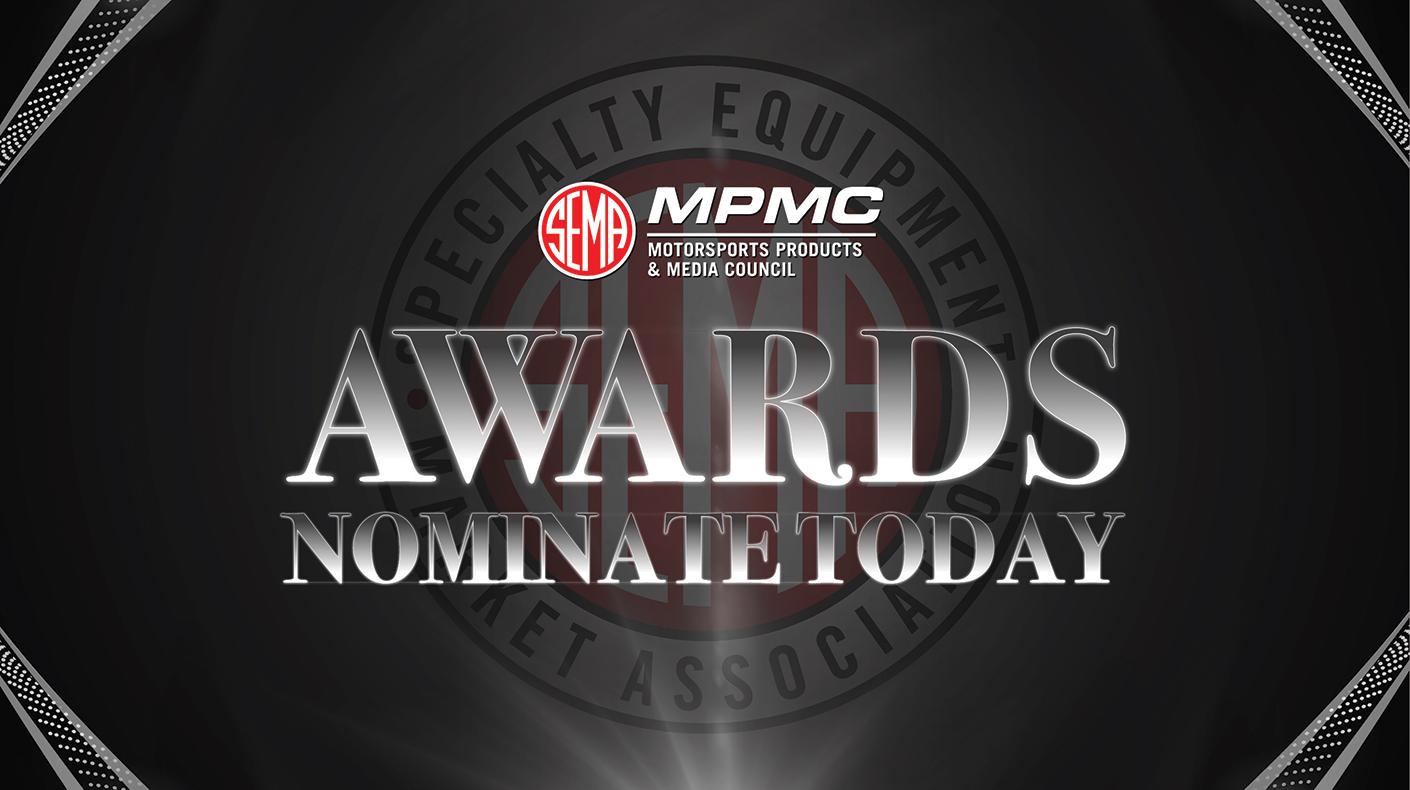In a move welcomed by SEMA, President Obama directed the U.S. Environmental Protection Agency (EPA) to withdraw its proposal to tighten the national air-quality standards for ozone—the main ingredient in smog. Ozone forms when nitrogen oxide and volatile organic compound emissions from smokestacks, tailpipes and other sources combine in sunlight. Smog is created when particulates are added to the mix. The current ozone level is 75 parts per billion. The EPA was seeking to reduce the level to 60–70 parts per billion, contending that this range was necessary to address heart and respiratory illnesses associated with smog.
The President cited the need to reduce regulatory burdens and uncertainty while the economy continues to recover. The standard could have cost as much as $90 billion a year to implement, with manufacturers, oil refiners and utilities bearing most of the costs. A number of counties across the nation would have been in noncompliance and forced to implement new strategies to reduce ozone. The rule could have translated into additional pollution controls at gas stations, factories and power plants and potentially spurred state or local vehicle scrappage programs.
SEMA has joined with a number of other businesses and organizations in seeking a moratorium on new, costly regulatory burdens that hinder job growth and economic expansion.
For more information, contact Stuart Gosswein at stuartg@sema.org.





